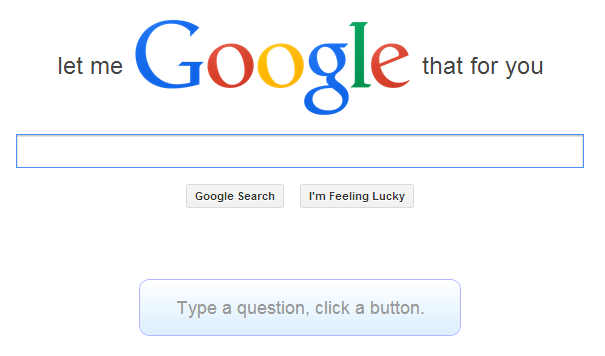I don't want to add any other comment. Enjoy!
static int my_function( /* Parameters */ )
{
/* Some code */
int j;
for(j = 0; j < 2; j++) {
/* Some code */
if (j == 0) {
/* Some code */
} else {
/* Some code */
}
/* Some code */
if ( /* Condition */ ) {
if ( /* Condition */ ) {
/* Some code */
if ( /* Condition */ ) {
/* Some code */
if ( /* Condition */ ) {
/* Some code */
if ( /* Condition */ ) {
int i;
/* Some code */
for(i = 0; i < length; i++) {
/* Some code */
if ( /* Condition */ ) {
/* Some code */
if ( /* Condition */ ) {
if ( /* Condition */ ) {
/* Some code */
if ( /* Condition */ ) {
/* Some code */
if ( /* Condition */ ) {
/* Some code */
if ( /* Condition */ ) {
/* Some code */
}
/* Some code */
if ( /* Condition */ ) {
/* Some code */
} else {
/* Some code */
}
} else {
/* Some code */
}
/* Some code */
} else {
/* Some code */
}
/* Some code */
} else {
/* Some code */
}
} else {
/* Some code */
}
} else {
/* Some code */
}
}
} else {
/* Some code */
}
} else {
/* Some code */
}
} else {
/* Some code */
}
/* Some code */
} else {
/* Some code */
}
/* Some code */
}
}
/* Some code */
if ( /* Condition */ ) {
/* Some code */
} else {
/* Some code */
}
/* Some code */
return 0;
}
The real function has 113 rows and most of the code in the else's is made of debug prints. The innermost code, the only one that actually does something, is indented 13 (thirteen) times.Wasn't there a clearer way to write that function?

















